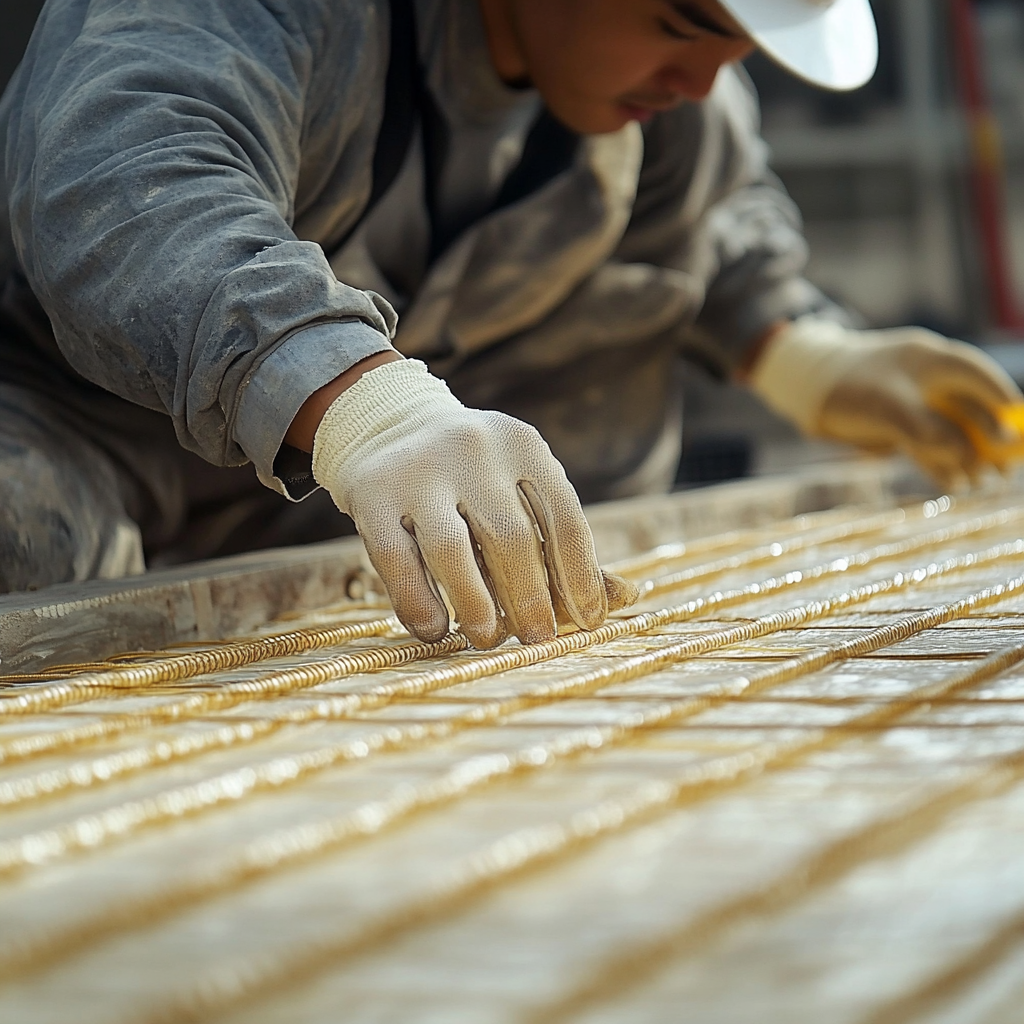The construction industry has a reputation for being stubbornly resistant to change. For decades, steel has been the go-to material for concrete reinforcement, entrenched in the minds of engineers and contractors as the “gold standard.” But just because something has been done a certain way for years doesn’t mean it’s the best way. It’s time to challenge this outdated belief and embrace a new, superior alternative: GFRP Rebar.
The Myth of Steel’s Supremacy

Steel has long been seen as the king of concrete reinforcement, revered for its strength and durability. But let’s be honest—steel is far from perfect. The most glaring issue? Corrosion. When exposed to water and chemicals, steel rusts, leading to structural weakness, costly repairs, and sometimes, catastrophic failures.
Despite these well-known issues, many in the construction industry stick to steel out of sheer habit. It’s comfortable, familiar, and “good enough.” But in a world that’s rapidly advancing, “good enough” is no longer acceptable. Continuing to rely on steel isn’t about choosing the best material; it’s about sticking to the status quo.
Introducing GFRP Rebar – The Game Changer

Glass Fiber Reinforced Polymer—a material that’s set to revolutionize the way we think about concrete reinforcement. Unlike steel, GFRP Rebar doesn’t corrode. That’s right—no rust, no degradation, no costly maintenance.
But that’s not all. GFRP Rebar is incredibly strong and durable, boasting a lifespan that outlasts steel by decades. Its noncorrosive nature makes it ideal for projects in harsh environments, where exposure to water, salt, and chemicals is unavoidable. In short, GFRP Rebar addresses all the shortcomings of steel, offering a modern solution for modern construction challenges.
Why Composite Materials Are the Future
There’s a misconception that composite materials like GFRP are unproven or too risky for widespread use. This couldn’t be further from the truth. GFRP Rebar has been successfully used in numerous projects around the world, proving its worth time and time again.
What makes composite materials so special? For starters, they’re lightweight, which reduces transportation and handling costs. They’re also incredibly strong and resistant to environmental factors that would quickly degrade traditional materials like steel. As the construction industry evolves, composite materials are emerging as the go-to choice for forward-thinking engineers and contractors.
The Environmental Argument – Building for Tomorrow

Let’s talk about the environment. The steel industry is one of the largest contributors to global carbon emissions. But the environmental impact doesn’t stop there. As steel corrodes and weakens, it must be replaced, leading to even more energy consumption and waste.
GFRP Rebar offers a greener alternative. Because it doesn’t corrode, structures reinforced with GFRP have a much longer lifespan, reducing the need for repairs and replacements. This means less material waste, less energy consumption, and a smaller carbon footprint overall. By choosing GFRP Rebar, we’re not just building better structures—we’re building a better future.
Overcoming Resistance – How to Make the Transition

Change is hard, especially in an industry as traditional as construction. But making the switch to GFRP Rebar doesn’t have to be a daunting task. Start small—incorporate GFRP Rebar into select projects and see the benefits firsthand.
The long-term savings are undeniable. With GFRP Rebar, there’s no need for costly repairs due to corrosion, and the material’s lightweight nature can reduce overall project costs. Plus, the environmental benefits make it easier to meet sustainability goals, which are becoming increasingly important in today’s market.
As an engineer or contractor, you have the power to lead the charge toward a better future. By embracing GFRP Rebar, you’re not just improving your projects—you’re contributing to a larger movement toward smarter, more sustainable construction.
The Future Is Now
The construction industry stands at a crossroads. We can continue to rely on outdated materials like steel, knowing full well their limitations and environmental impact, or we can embrace the future with GFRP Rebar.
The choice is clear. GFRP Rebar offers superior performance, greater durability, and a smaller environmental footprint. The time for change is now, and GFRP Rebar is the way forward for anyone serious about building smarter, stronger, and more sustainable structures. Don’t be a follower—be a leader in this revolution. Your projects, your clients, and the planet will thank you.
